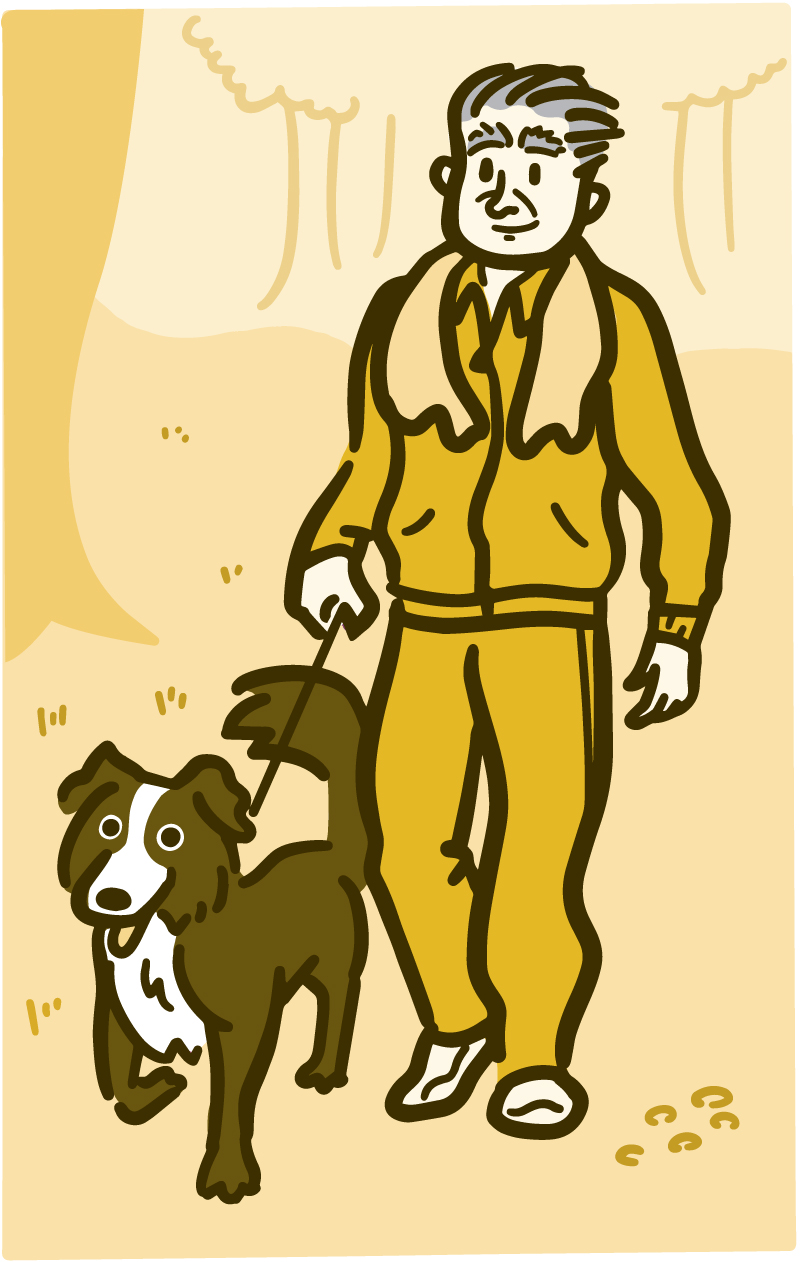Bulging Veins
What to Do About Varicose Veins

Are there bluish-purple or red lines popping out on your legs? Those could be varicose veins. Varicose veins are swollen, twisted veins that lie just underneath the skin’s surface. They aren’t just a cosmetic issue. If they aren’t treated, they can also cause health problems.
“By the age of 50, nearly 40% of woman and 20% of men will have some significant leg vein problem,” says Dr. Cheryl McDonald, a physician at NIH.
Varicose veins are caused by blood pooling in the veins. This makes them bulge out. Varicose veins most often occur in the legs, but they can appear other places too.
The veins farthest from your heart have the toughest job. They must move blood a long distance back to your heart—and work against gravity to do it.
Your heart pumps oxygenated blood out through arteries to your organs and other tissues. Once your body uses the oxygen, the blood makes its way back to the heart through your veins. Then it’s pumped to your lungs to pick up oxygen before being sent around your body again.
Veins have one-way valves that let blood flow forward. The valves then close to keep blood from leaking backward. When a valve doesn’t function properly, blood can flow back down the vein. This can cause the blood to pool in the vein and keep it from going back to the heart. Blood pooling in the veins stretches them out—creating the swollen, twisted veins that can be seen and felt through the skin.
Blood can pool in both large and small veins. When this happens in small blood vessels, or capillaries, they’re called spider veins. Spider veins usually appear on your face or legs. They’re very thin—like a spider web—and can be red or blue. Spider veins don’t usually bulge out like larger varicose veins. They can be a cosmetic issue, but don’t normally cause bigger problems like varicose veins can.
“If not treated, larger varicose veins can become problematic,” explains McDonald. They can cause symptoms like itching, achiness, heaviness, and swelling in the legs. If left untreated, the pressure inside the vein can further weaken the valve’s functioning. That can lead to chronic changes in the skin and tissues, including open sores or ulcers and hard, thickened skin.
Varicose veins are a treatable medical condition. Your health care provider can usually diagnose them with a physical exam. They may also order an ultrasound or other tests to more fully evaluate the problem.
Treatment depends upon the severity of the vein problems. They range from lifestyle changes to medical procedures.
Losing weight can help combat varicose veins. Being overweight or obese adds pressure on the veins that can make it even harder for the blood to get back to the heart. Getting active and moving your muscles can help push blood back up towards the heart.
If lifestyle changes aren’t enough, surgical methods may be used. Talk with your health care provider about your options.
NIH Office of Communications and Public Liaison
Health and Science Publications Branch
Building 31, Room 5B52
Bethesda, MD 20892-2094
Contact Us:
nihnewsinhealth@od.nih.gov
Phone: 301-451-8224
Share Our Materials: Reprint our articles and illustrations in your own publication. Our material is not copyrighted. Please acknowledge NIH News in Health as the source and send us a copy.
For more consumer health news and information, visit health.nih.gov.
For wellness toolkits, visit www.nih.gov/wellnesstoolkits.




